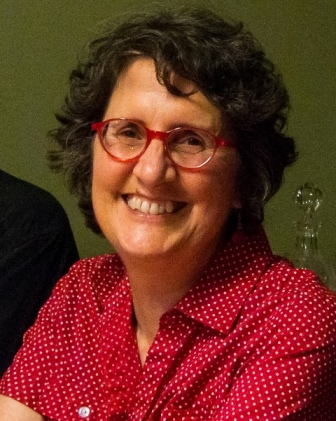Scientists say Title IX isn’t enough
 Title IX doesn’t always work. It won’t save a student from being deported if she’s an undocumented immigrant. Title IX has never given women a fair share of athletics funding or coaching jobs. As a legal tool, Title IX isn’t much help to students, staff, or faculty who feel too vulnerable to complain about sex discrimination. A new report highlights its weaknesses in stopping sexual harassment in academic sciences.
Title IX doesn’t always work. It won’t save a student from being deported if she’s an undocumented immigrant. Title IX has never given women a fair share of athletics funding or coaching jobs. As a legal tool, Title IX isn’t much help to students, staff, or faculty who feel too vulnerable to complain about sex discrimination. A new report highlights its weaknesses in stopping sexual harassment in academic sciences.
While this civil rights law produced many, many important changes in society, it’s worth noting its weak spots as we celebrate the 46th anniversary of Title IX on June 23. Title IX’s history shows that it’s always been a close dance between cultural change and Title IX to the tune of progress, with the two alternating the lead at different points in time.
 Here’s the latest — a 310-page report by the National Academies of Sciences, Engineering, and Medicine on “Sexual Harassment of Women” released this week. Current policies and approaches haven’t significantly reduced sexual harassment in these academic fields, they note. We’ve got to treat the cultural aspects of sex discrimination because the legal approach isn’t cutting it.
Here’s the latest — a 310-page report by the National Academies of Sciences, Engineering, and Medicine on “Sexual Harassment of Women” released this week. Current policies and approaches haven’t significantly reduced sexual harassment in these academic fields, they note. We’ve got to treat the cultural aspects of sex discrimination because the legal approach isn’t cutting it.
The Academies started on the report 2 years ago, well before the #MeToo era. They studied three kinds of sexual harassment — sexual coercion; unwanted sexual attention, and gender harassment. That last one is most common, consisting of “verbal and nonverbal behaviors that convey hostility, objectification, exclusion or second-class status.” These are what Title IX “godmother” Bernice Sandler and her colleagues called the chilly classroom climate for women in the 1980s. The put-downs are academically, emotionally, and physically harmful to both recipients and witnesses, studies show. Women of color and queer women may suffer more. Institutions that tolerate gender harassment also see more of the other two kinds of sexual harassment — the toxic come-ons of unwanted sexual attention and sexual coercion.
 For employees, academia is second only to the military in the rate of sexual harassment, with 58% experiencing these problems, the report says. Among female undergraduate and graduate students in Texas, roughly 20% in science, 25% in engineering, and 40% in medicine say they’ve been sexually harassed. In Pennsylvania, more than 50% of female medical students have been sexually harassed.
For employees, academia is second only to the military in the rate of sexual harassment, with 58% experiencing these problems, the report says. Among female undergraduate and graduate students in Texas, roughly 20% in science, 25% in engineering, and 40% in medicine say they’ve been sexually harassed. In Pennsylvania, more than 50% of female medical students have been sexually harassed.
Title IX hasn’t been enough to stop the problem because it requires someone to file a formal complaint. That’s the least likely response to harassment due to fears of retaliation that are based in reality, a New York Times article about the report points out.
The report offers 15 specific recommendations that could change the way academia operates, like treating sexual misconduct as seriously as research misconduct. Or stop assigning a single faculty advisor/mentor to a student; use a group of mentors instead. And focus anti-harassment training on behaviors, not attitudes. See this Inside Higher Ed article for a summary of the most interesting recommendations.
The Academies put their own summary into a video:
The fact that the Academies did this, their first study of sexual harassment in their academic fields, can be seen as a beneficial byproduct of Title IX. And there are plenty more, some of which are listed in a Title IX 46th birthday message by the American Association of University Women.
As has been the case from the beginning, when we push our culture to catch up with Title IX’s ideals, it will forge Title IX into an even more effective tool for equality, pushing society toward further progress in an iterative process.
Happy birthday, Title IX. We’re growing up alongside you.
(Images of scientists courtesy of the National Cancer Institute. Image of doctor in blue scrubs courtesy of Carabennet. All via Wikimedia Commons.)






